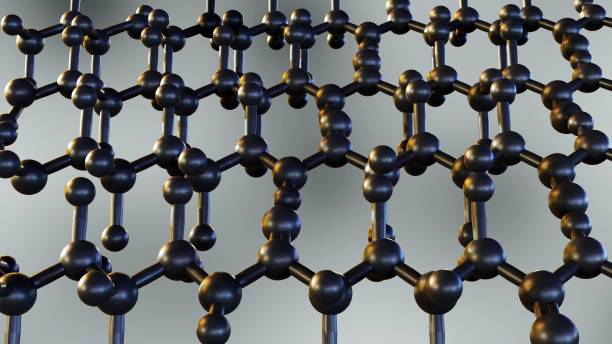Graphene's Transformative Role in Composite Materials
Graphene, a one-atom-thick layer of carbon arranged in a honeycomb structure, is widely regarded as a groundbreaking material in the world of composites. It boasts unparalleled strength, making it the strongest known material, while also being incredibly lightweight. Graphene’s versatility goes beyond its mechanical properties, offering exceptional electrical conductivity and potential for various applications, from electronics to advanced materials in industries like aerospace and automotive. The integration of graphene into composite materials could lead to lighter, stronger, and more durable components that were previously unattainable with conventional materials.
The benefits of graphene in composites are not limited to just strength. When combined with materials like carbon fiber reinforced polymers (CFRP) or glass fiber reinforced polymers (GFRP), graphene enhances both the electrical and thermal conductivity of the composites, making them ideal for applications in demanding environments, such as in aircraft or electric vehicles. Furthermore, graphene's role in improving the performance of energy storage devices, particularly in lithium-ion batteries, is a key development. It boosts energy storage capacity, extends battery life, and allows for faster charging times, making it a promising material for the future of clean energy technologies. To harness the full potential of graphene in composites, it must be functionalized to allow for proper dispersion and bonding with other materials. This is often achieved through techniques like plasma treatment, which modify the surface of the graphene to ensure it integrates seamlessly into composite matrices. As production methods improve and become more cost-effective, graphene’s widespread use in composites could lead to innovations in industries ranging from aerospace to renewable energy, solidifying its place as a revolutionary material for the future.
.png)






Leave a Comment
Your email address will not be published. Required fields are marked *